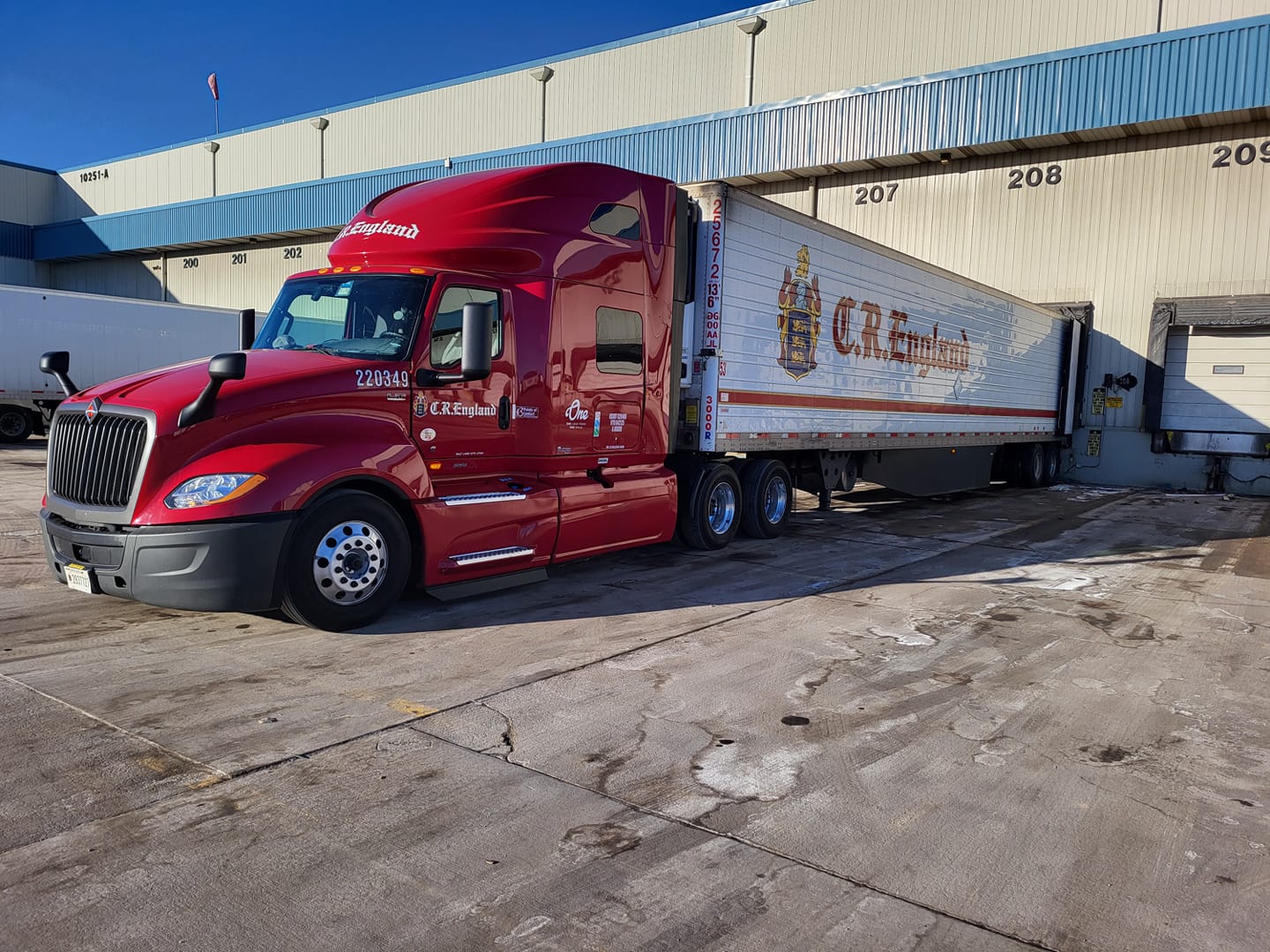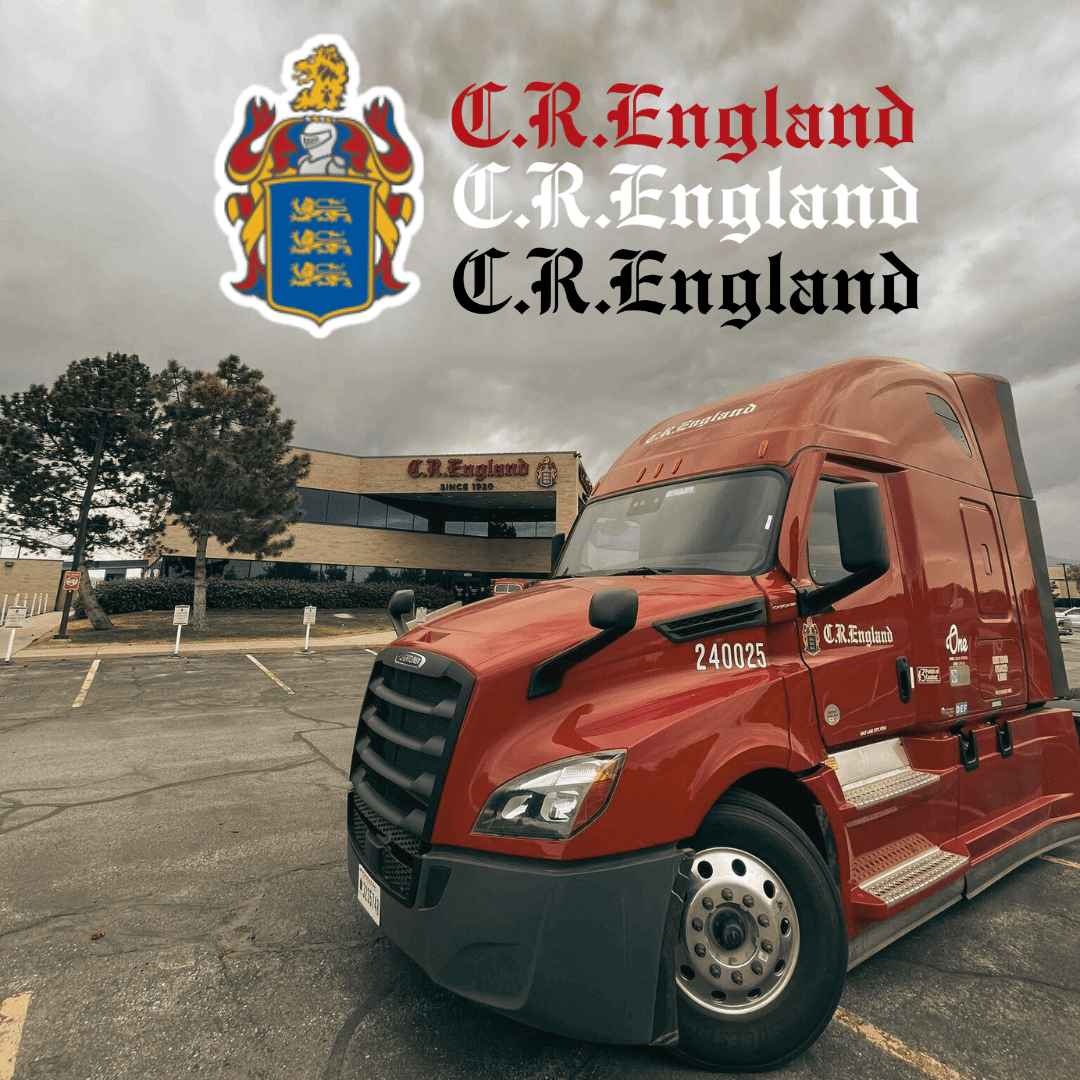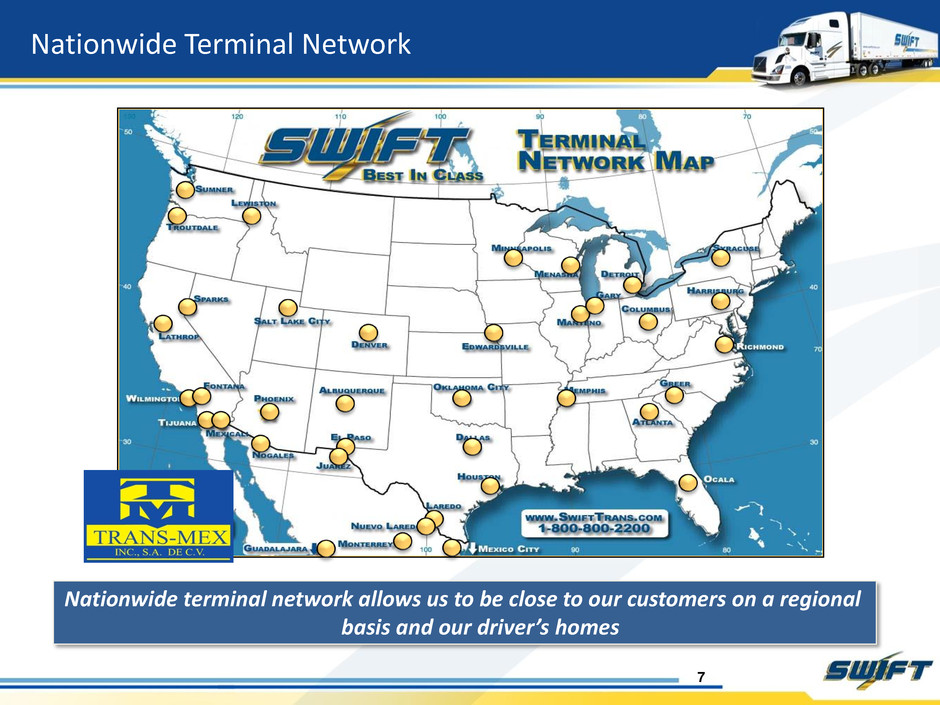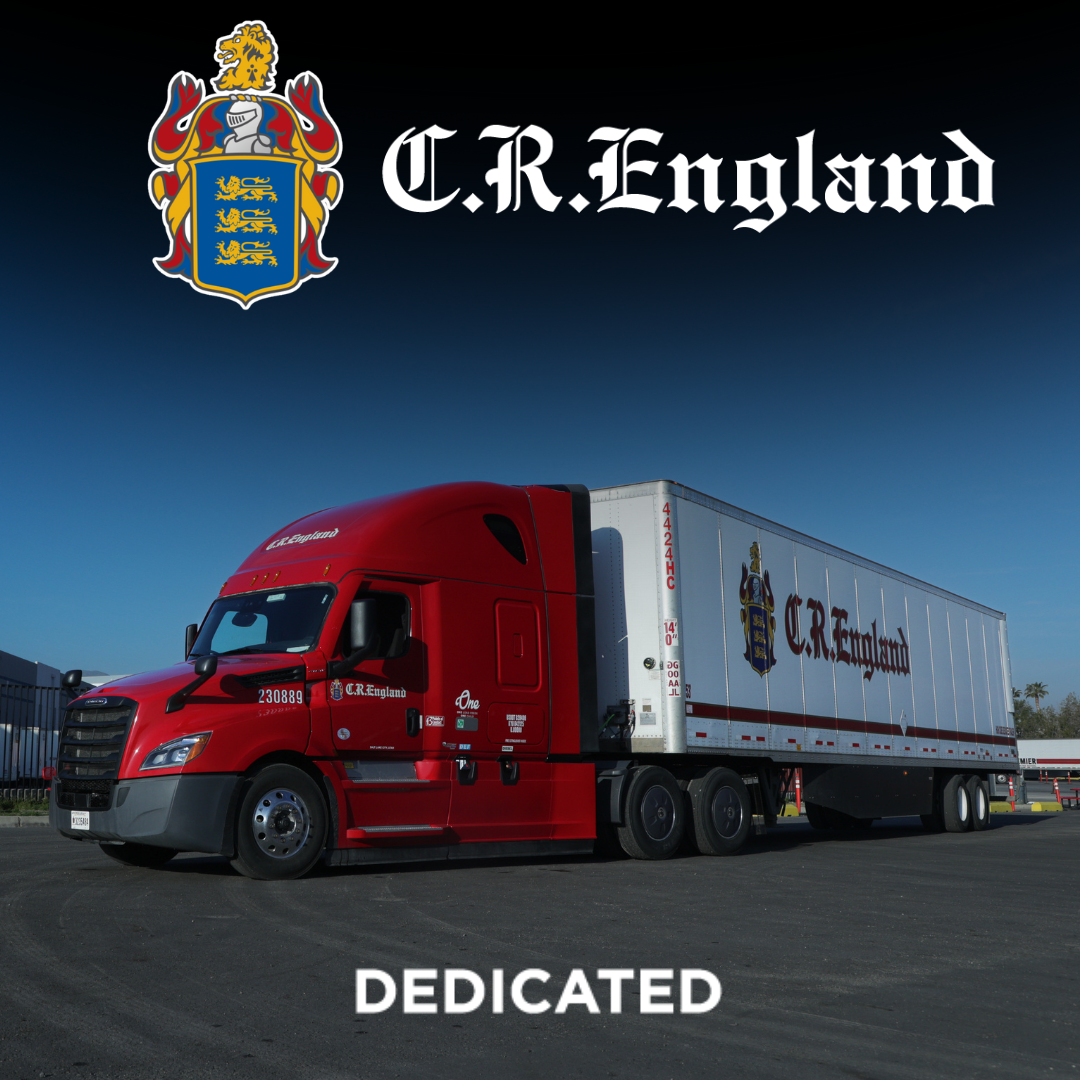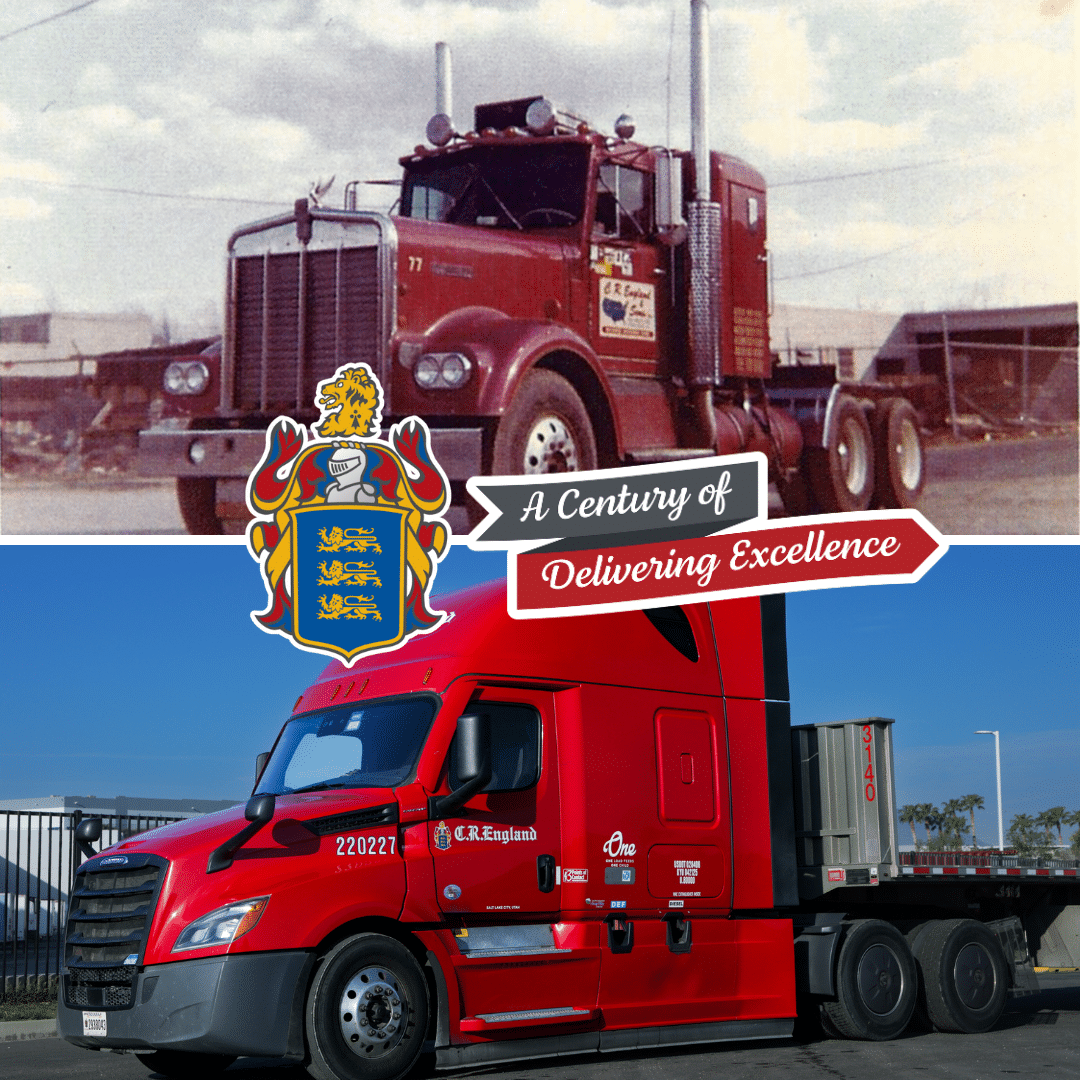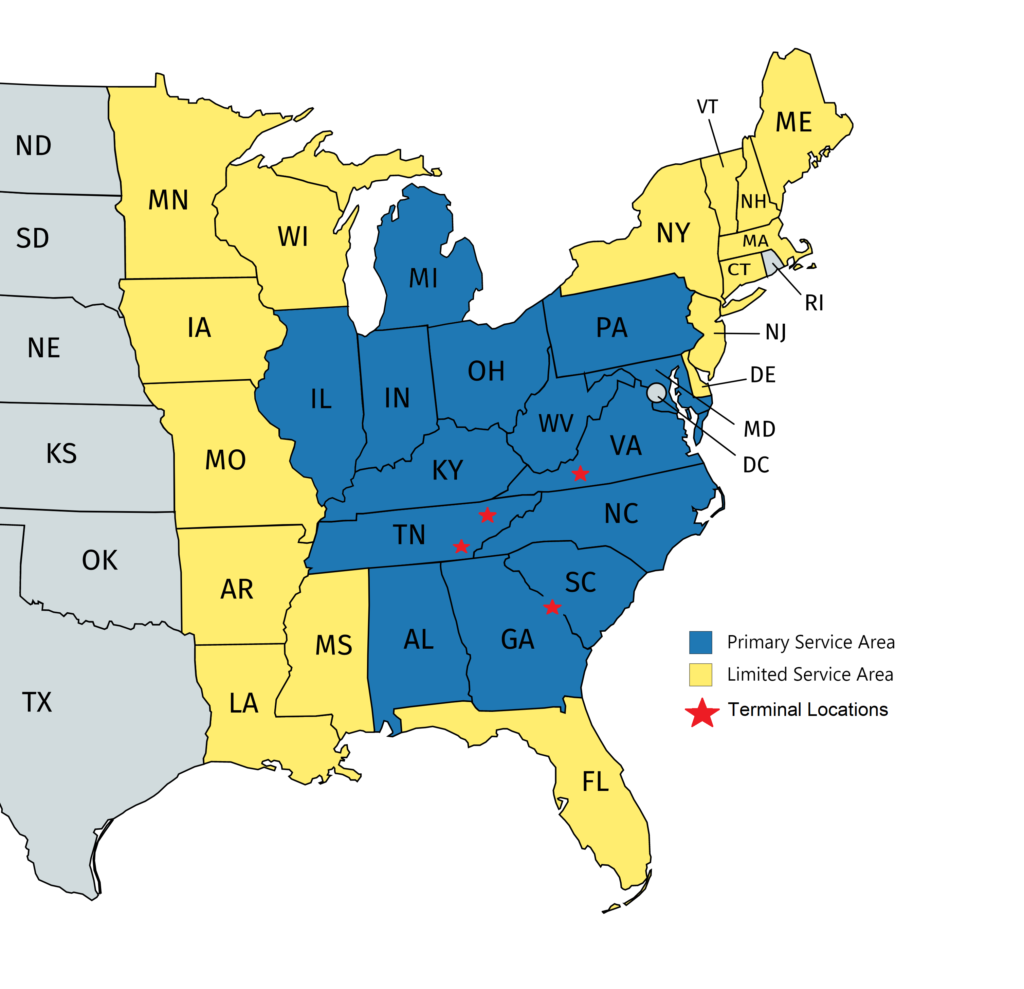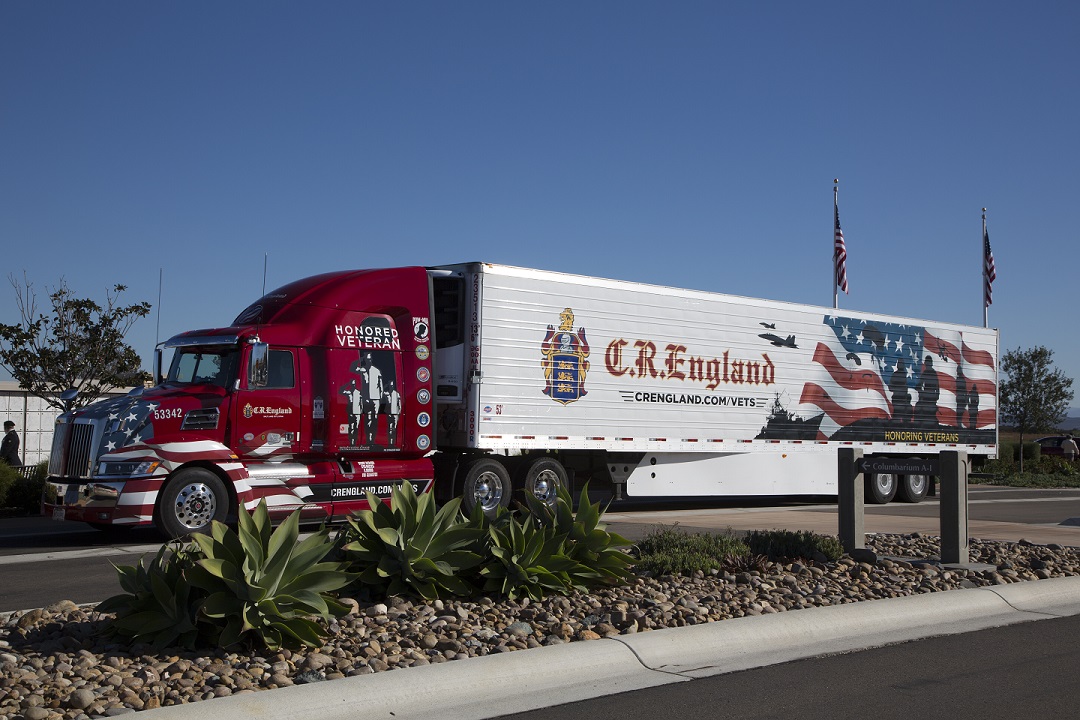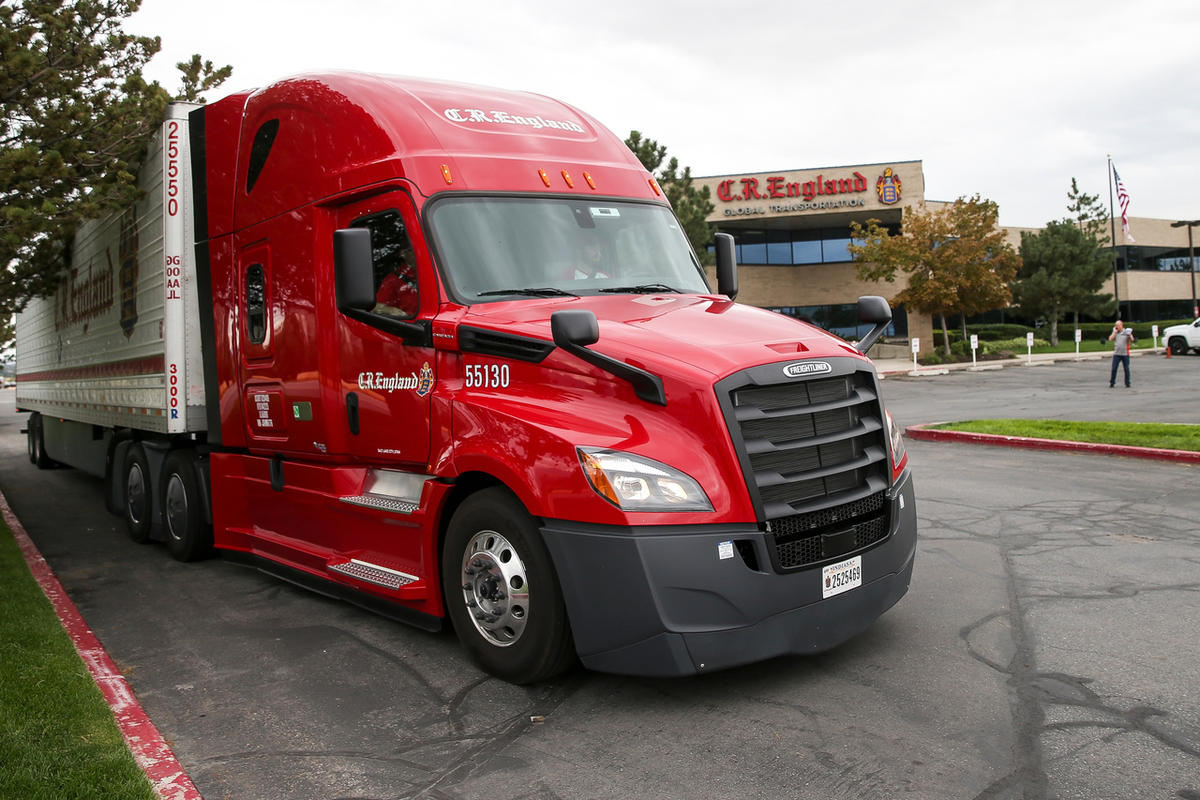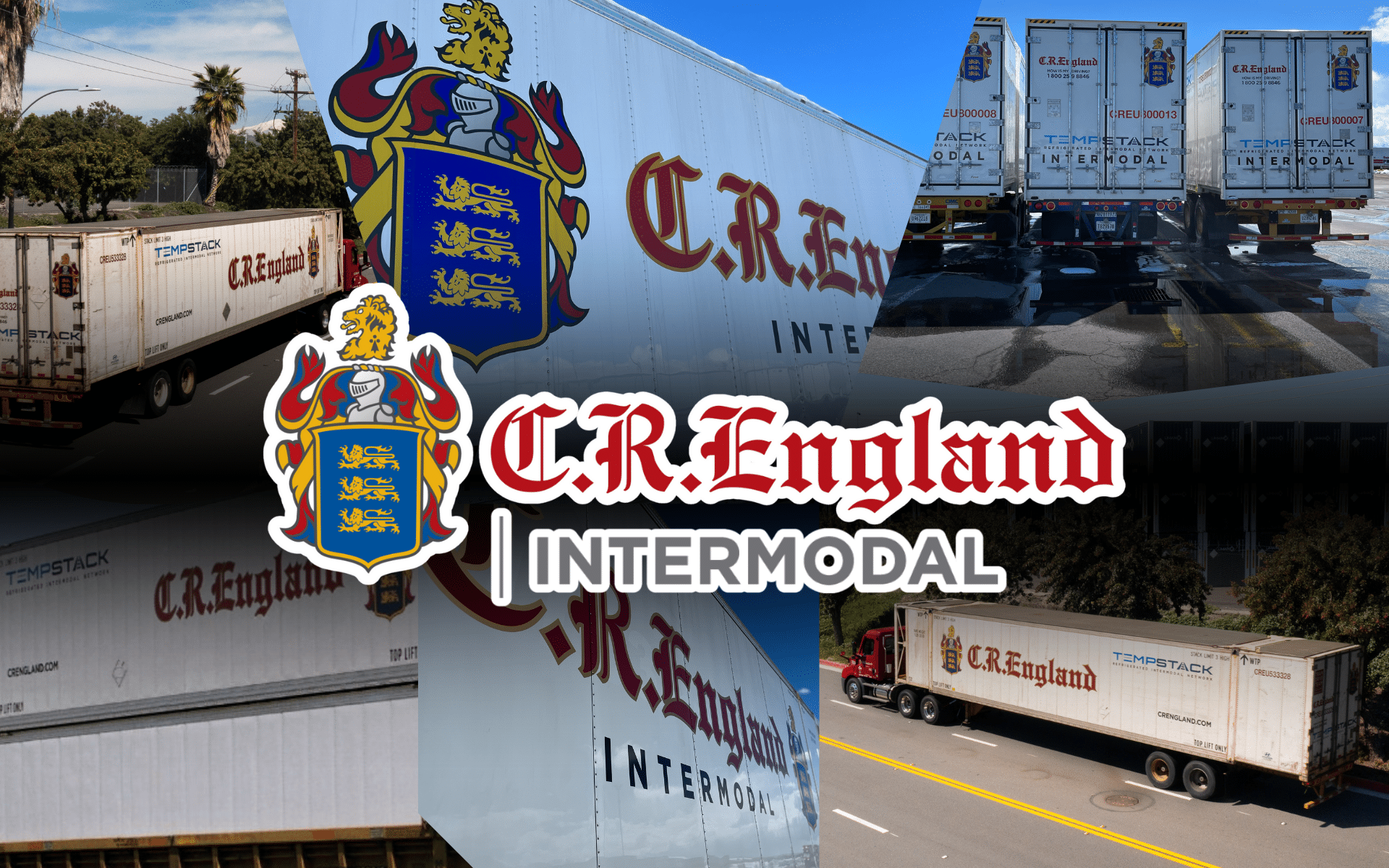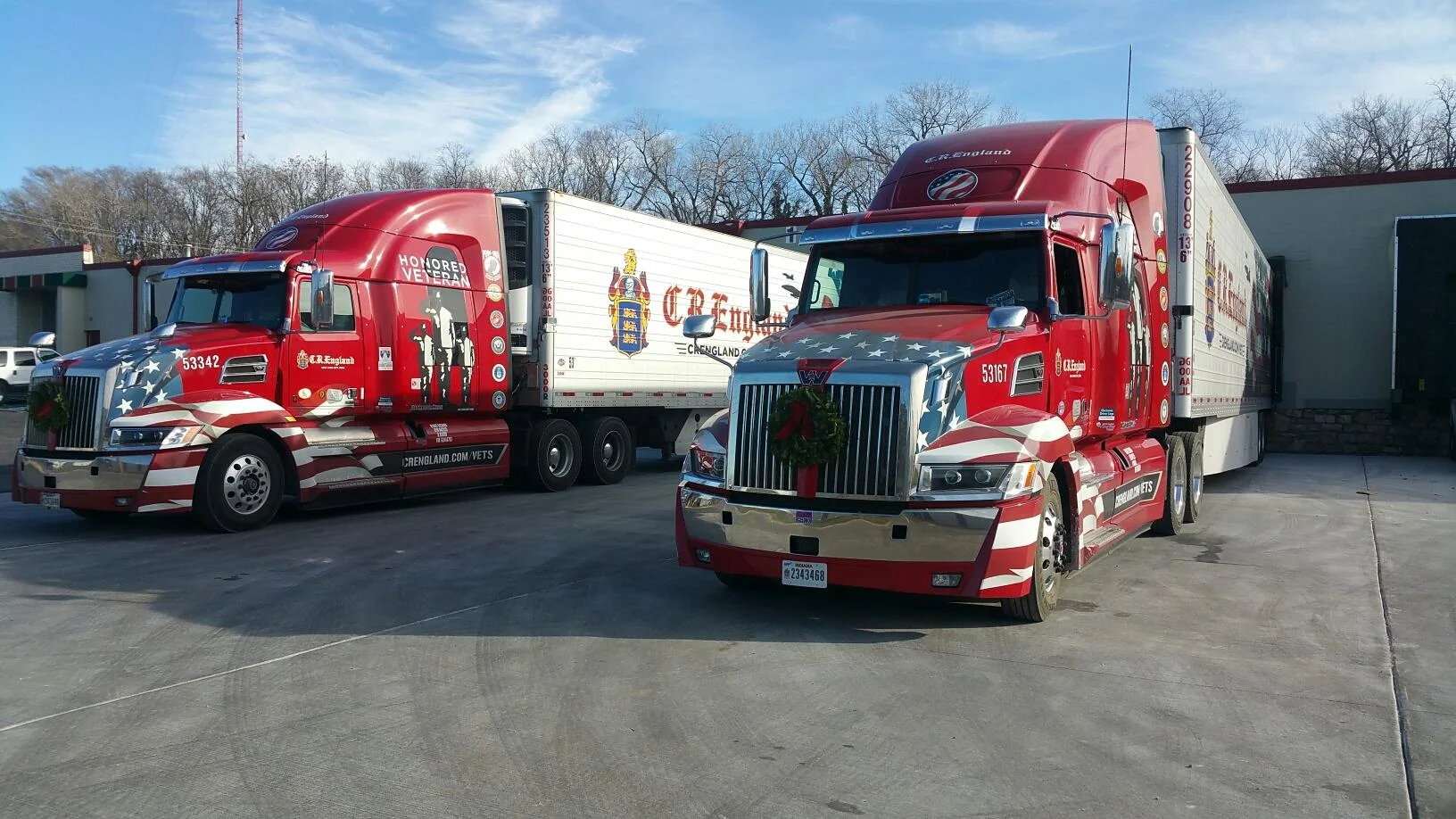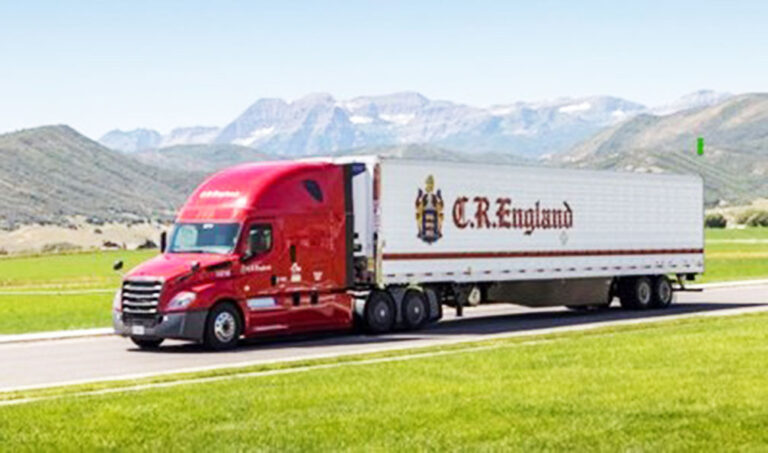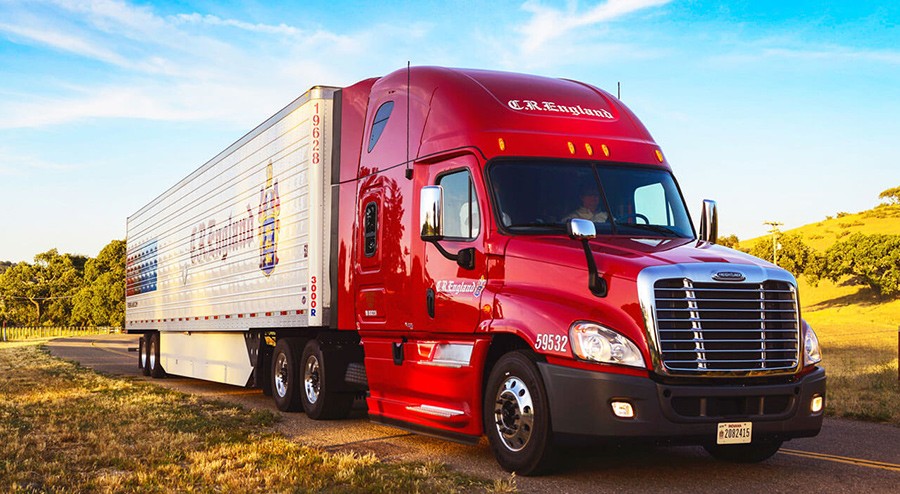Cr England Trucking Terminal Locations

Imagine a vast network humming with activity, the rhythmic rumble of diesel engines a constant pulse. Semi-trucks gleam under the morning sun, drivers stretching, and the air thick with anticipation for the long haul ahead. This is the reality at a C.R. England trucking terminal, a vital node in America's supply chain.
C.R. England, one of the nation's largest refrigerated transportation companies, operates a network of terminals and drop yards crucial to its operation.
Understanding the location and function of these facilities provides insight into the company's reach, operational efficiency, and overall contribution to the transportation industry.
The Foundation: A Family Legacy
The story of C.R. England begins in 1920, founded by Chester Rodney England Sr. with a simple Model T truck. The company steadily grew, focusing on refrigerated transport and building a reputation for reliability.
Over the decades, expansion was strategic, placing terminals in key locations to optimize routes and service a growing customer base.
Terminal Locations: A Strategic Footprint
While specific addresses of all drop yards are constantly changing and may not be publicly available for security reasons, C.R. England's major terminals are well-established.
These terminals act as central hubs for drivers, equipment maintenance, dispatch operations, and training programs.
Key locations include headquarters in Salt Lake City, Utah, as well as significant facilities in places like Fontana, California; Laredo, Texas; and Rochelle, Illinois.
These cities are strategically chosen due to their proximity to major freight lanes, distribution centers, and agricultural regions. For example, the Fontana terminal provides access to the bustling ports of Southern California, facilitating the movement of goods across the Pacific.
The Laredo terminal is a crucial gateway for cross-border trade with Mexico, handling a significant volume of refrigerated goods. Rochelle, Illinois, offers a central location for serving the Midwest's agricultural and industrial needs.
Beyond the Terminals: Drop Yards and Efficiency
In addition to major terminals, C.R. England utilizes a network of drop yards. These smaller facilities offer drivers a safe place to rest, drop off and pick up trailers, and perform minor maintenance.
The strategic placement of drop yards helps reduce empty miles and improve overall efficiency. Data from industry reports consistently highlights the importance of optimizing network infrastructure to minimize transportation costs and delivery times.
These drop yards are often less publicized than the main terminals for security reasons, but they are an integral part of the company's logistical network.
The Driver Experience: A Home on the Road
C.R. England emphasizes creating a positive environment for its drivers. Terminals offer amenities such as driver lounges, showers, laundry facilities, and maintenance services.
These facilities help drivers stay comfortable and connected while on the road. The company also invests in driver training programs to ensure safety and professionalism.
"Our drivers are the backbone of our company," says Josh England, President. "We are committed to providing them with the resources and support they need to succeed."
This commitment is reflected in the investment in well-maintained terminals and drop yards that cater to their needs.
The Future of the Network
As the transportation industry evolves, C.R. England continues to adapt its network to meet changing demands.
Investments in technology, such as advanced routing software and telematics, are helping to optimize efficiency and reduce environmental impact.
The company also remains committed to sustainability, exploring alternative fuels and implementing strategies to reduce emissions. Considering factors such as population growth, e-commerce expansion, and evolving consumer preferences will shape future terminal locations and network development.
The hum of activity at a C.R. England terminal is more than just the sound of trucks; it's the sound of dedication, innovation, and a commitment to keeping America moving.


